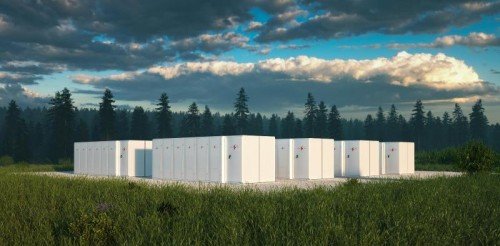
Our planet is hurtling towards catastrophic temperatures, with global warming projected to rise by a dangerous 2.7˚C by the end of this century - far above the Paris Agreement's 1.5oC goal set for us all. Should these conditions persist, we can expect drastic changes in weather patterns throughout the world and beyond; it truly is time that decisive action be taken before any more irreparable damage occurs.
Minimizing energy consumption is the first step in creating a sustainable future. However, it's not enough - harnessing renewable sources of power like wind and solar will be essential to reduce emissions and reach net-zero status. Now more than ever we must invest heavily into clean technologies so that our planet can remain healthy for generations to come.
To combat the climate crisis, what new green technologies are providing hope? From renewable energy sources to electric vehicles, these innovative solutions have the potential to revolutionize decarbonisation and create a more sustainable future. Let’s dive into them!
The decarbonisation challenge
With climate change issues becoming an ever-increasing priority, Europe is feeling the pressure to find sustainable alternatives for its energy consumption. The tensions between Russia and Ukraine have only intensified this need; a large portion of European countries are currently reliant on imported oil from Russia - leaving them vulnerable to any sudden changes in supply security. It's time that some new plans of action be developed if Europe wants secure access to their essential sources of power.
With the global demand to reduce emissions intensifying, a new opportunity has arisen – achieving energy security and freedom. Making use of renewable energies is essential in this pursuit as well as innovating with alternative sources which can support us on our decarbonisation path. Energy efficiency also plays an important role in optimizing access to low-carbon solutions while solidifying independence from fossil fuels.
To make it happen, we need a systemic change through the whole energy sector. It’s systemic because it’s not just a matter of plugging new power plants where the old ones were and run everything as usual. These are different machines – they work differently, in different locations, at different times and under different conditions. That suggests we need to adapt and upgrade to new ways of transforming, transporting, storing, and using energy.
As we move toward a greener future, the power sector is poised to become increasingly central. To ensure that clean energy sources are properly implemented and remain viable for years to come, it's important that smart technology solutions be applied today: building efficient transmission lines where they will reduce congestion most significantly and anticipating any network issues before they have time to form into an existential threat.
To squeeze the most out of what we have is also fundamental: active and instantaneous management of the grids, instantaneous and more accurate monitoring of power lines, so that we can max out their true transmission capacity.
Other new energy carriers like hydrogen will be likely to require new dedicated infrastructures as their importance and volume grow over time. While it may be possible to reuse and adapt some of what we have already, it’s certain that we’ll need new investments.
To be able to marry the rhythm of our lives and economy with that of the new clean sources of energy – the sun and wind, to begin with – takes a significant amount of storage. It’s needed in whatever form is most effective and economical to make us able to store energy right when it is produced, for whenever it is actually needed.
The scale of the problem posed by a transition to net-zero is massive and we need to put all possible efforts into developing a wide range of solutions – because there is no silver bullet. Batteries, hydro dams, hydrogen, synthetic fuels, thermal storage, they all have a likely role to play.
The scale of the problem posed by a transition to net-zero is massive and we need to put all possible efforts into developing a wide range of solutions – because there is no silver bullet. Batteries, hydro dams, hydrogen, synthetic fuels, thermal storage, they all have a likely role to play.
It can be because of the timeframe over which they allow the storage of energy; how much energy they store; or simply because some are a better fit for specific parts of the energy sectors.
Still, the two biggest hurdles between us and a net-zero emissions future are the production of enough clean energy, and proper long-term storage.








